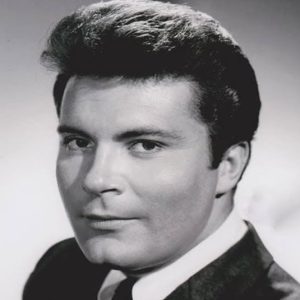What was meant to be a joyful and memorable experience for Relief Captain Yaroslav Vladimirovich Kudrinsky and his children turned into a catastrophic tragedy that shocked the aviation world and left a lasting scar on all who followed the story. On the night of March 23, 1994, Aeroflot Flight 593, en route from Moscow to Hong Kong, ended in a deadly crash in the remote Kuznetsk Alatau mountain range, located in Russia’s Kemerovo Oblast. The crash resulted in the deaths of all 75 passengers and crew members aboard, marking one of the most devastating and preventable air disasters in Russian aviation history.
The crew operating Flight 593 was among the most experienced and capable in the industry. Captain Andrew Viktorovich Danilov, First Officer Igor Vasilyevich Piskaryov, and Relief Captain Yaroslav Kudrinsky had collectively flown thousands of hours, often together, and were known for their professionalism and expertise. Their presence on the flight initially gave the airline and passengers confidence in a safe journey. However, despite their skills, the tragic events that unfolded demonstrated how critical adherence to safety protocols and strict cockpit discipline truly are.
Yaroslav Kudrinsky was accompanied by his two children on this flight: 13-year-old Yana and 15-year-old Eldar. The trip was not only a professional assignment but also a special occasion for the family, as it was the children’s first trip abroad. To make the moment unforgettable, Kudrinsky invited his children into the cockpit, intending to share his world with them. What began as a well-meaning gesture quickly became a dangerous breach of regulations — airline policies strictly prohibit non-crew members, especially minors, from entering the cockpit or interacting with controls during flight.
The crew believed it was safe to allow the children some cockpit access because the autopilot system was engaged. At approximately 12:43 AM, Yana sat in her father’s seat and pretended to “fly” the aircraft under the watchful eyes of the crew. Soon after, Eldar took over the controls, and in his youthful curiosity, he began manipulating the control stick.
Unknown to the crew, Eldar’s actions caused the autopilot to disengage. The aircraft switched from autopilot to manual control after Eldar’s control inputs lasted over 30 seconds and exerted forces of up to 10 kilograms, effectively overriding the autopilot’s commands. A warning light flashed briefly to alert the pilots to this critical change — a subtle signal that was unfortunately missed in the midst of the unusual cockpit activity.
Once the autopilot was disengaged, the plane’s stability was compromised. The aircraft began to bank to the left, and the pilots failed to recognize the shift in flight dynamics in time. Kudrinsky urgently ordered Eldar to remove himself from the controls, shouting warnings that were captured by the cockpit voice recorder: “Eldar, get away. Go to the back, go to the back Eldar! You see the danger don’t you? Go away, go away Eldar! Go away, go away. I tell you to go away!” Despite these efforts, the plane’s attitude continued to deteriorate.
In an attempt to recover, the pilots overcorrected, causing the plane to climb steeply. This led to an aerodynamic stall, where the aircraft lost the necessary lift to remain airborne, followed by an uncontrollable spin. The crew struggled desperately to regain control, but the combination of rapid altitude loss, confusion, and high-stress circumstances rendered recovery impossible.





